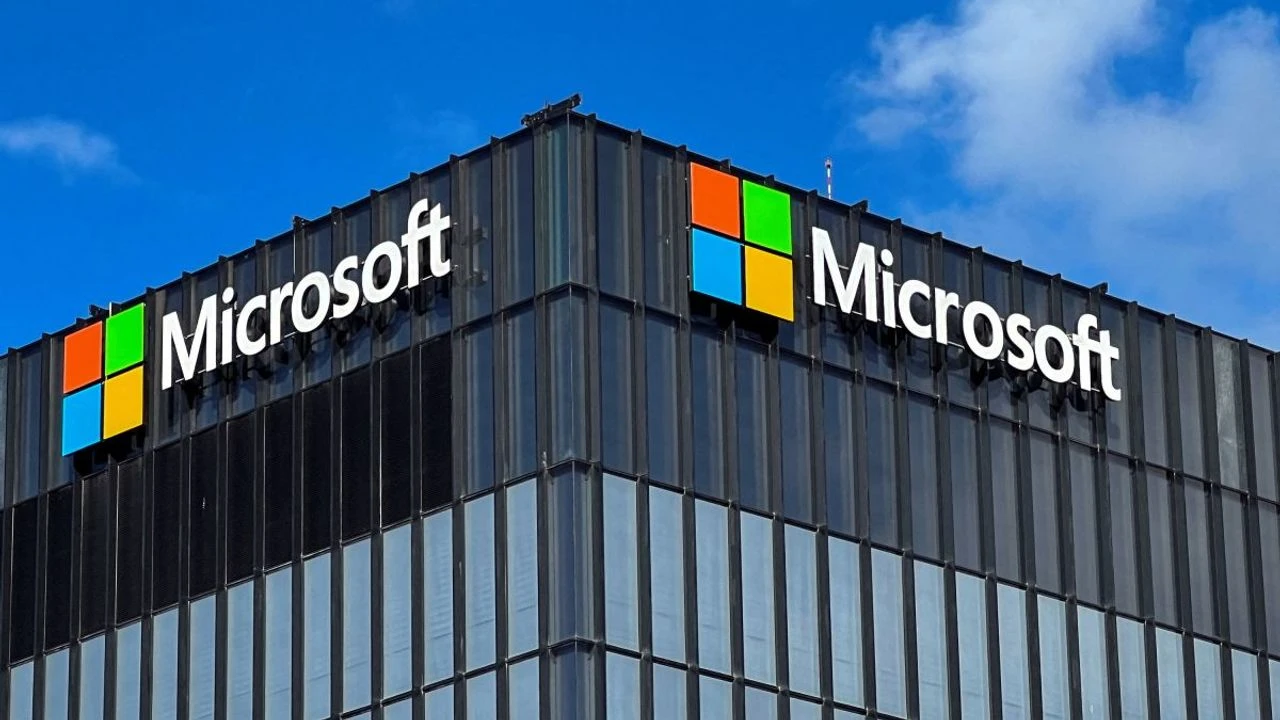
The TPM 2.0 requirement for Windows 11 has been a source of frustration for many since its announcement, serving as a significant barrier for upgraders three years ago. While hardware compliance has become less of an issue over time, Microsoft recently reaffirmed its commitment to this standard, dashing any hopes of a reprieve for older PCs.
In a recent blog post (highlighted by The Verge), Microsoft product manager Stephen Hosking emphasized that TPM 2.0 is a “non-negotiable standard for the future of Windows.” This means that as Windows 10 nears its end-of-life in 2025, users with incompatible PCs will face a tough choice: upgrade to a new machine, continue using an unsupported Windows 10, or switch to alternative operating systems like Linux.
Microsoft defends the TPM requirement as a critical measure for enhancing security and encryption. TPM chips play a vital role in securing systems by verifying that every component of a PC is trustworthy, enabling features like BitLocker encryption and Windows Hello authentication. These modules are now ubiquitous, with nearly all modern PCs, including Arm-based laptops with Qualcomm Snapdragon processors, integrating TPM 2.0 as a standard feature.
However, this renewed emphasis has reignited criticism. For many, the transition to Windows 11 remains challenging due to the incompatibility of older systems. While Microsoft argues that TPM 2.0 prepares users for a safer future, skeptics point out that the requirement also aligns with the company’s vested interest in driving hardware sales. With the PC market recovering from a post-pandemic slump, encouraging upgrades benefits both Microsoft and its hardware partners.
Despite the controversy, the rationale for stricter hardware requirements is rooted in growing security threats. The rise of cryptocurrency-related attacks and sophisticated malware makes robust security mechanisms like TPM essential for personal and professional users. Yet, Microsoft’s strategy feels more like a hardline mandate than an effort to incentivize adoption, leaving many users feeling coerced rather than empowered as they consider their next steps.




